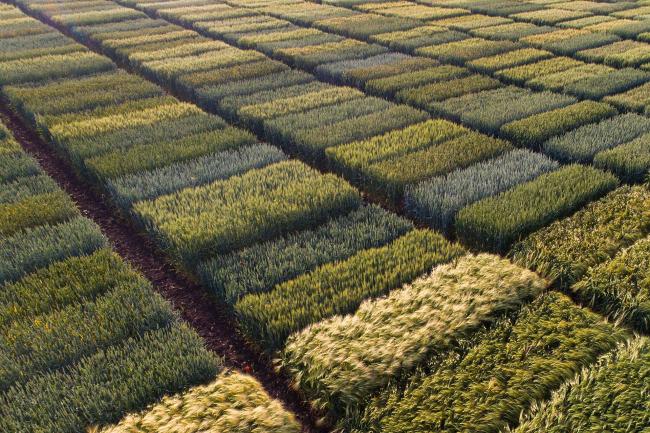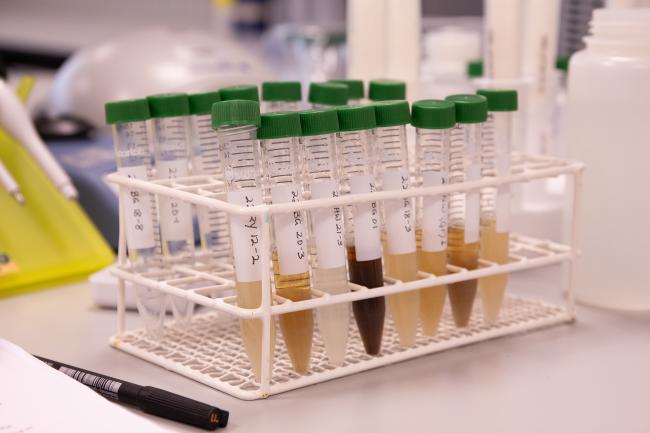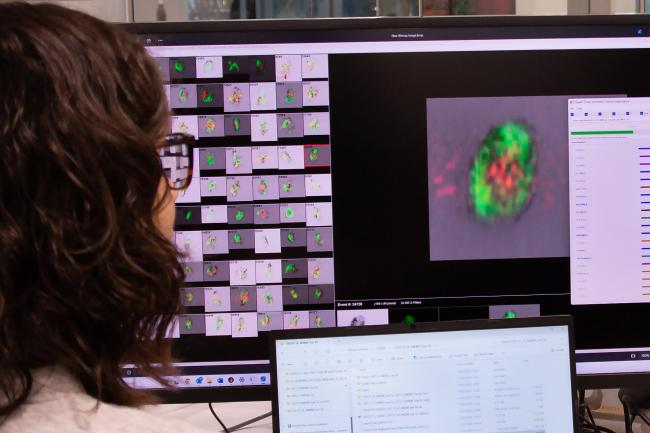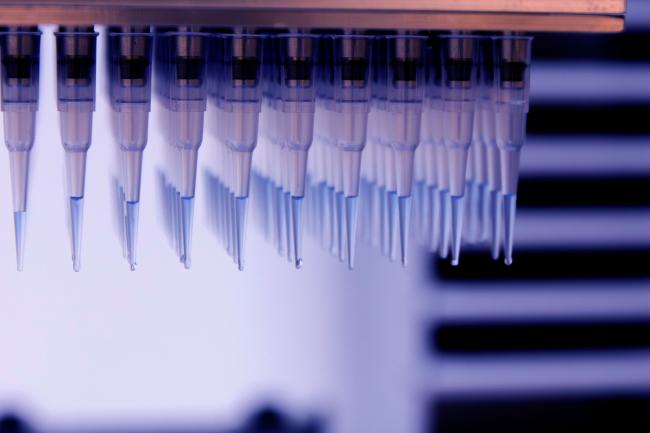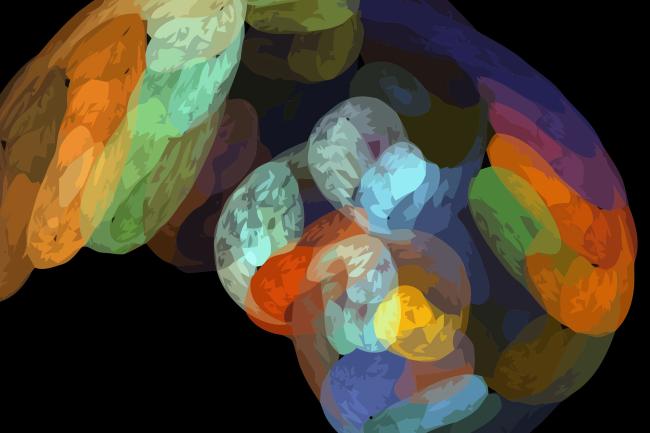We desperately need to safeguard the food supply for our growing population. Wheat provides about 20 per cent of human dietary calories, but breeding new, decent strains of wheat is difficult, particularly against the trend for intensive farming in developed countries, because the genetic constitution of wheat is extremely complex.
Mapping wheat genes has been an epic struggle in the past. We chatted with Dr Dina Raats, Post-doc researcher in EI’s Triticeae Genomics group, about genetic and physical maps of wheat, and their importance in breeding new wheat varieties.





